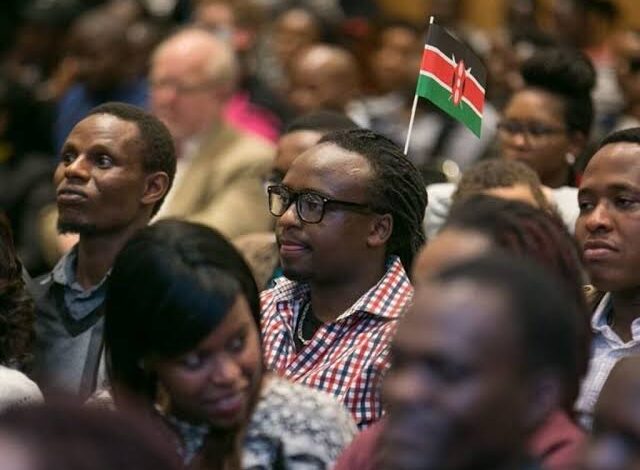
Njoki Kangethe
Africa has the sun, the wind, the water, and the people, but still, we sit in the dark.
A Continental Current Crisis
Imagine this: a continent bursting with sunlight, crisscrossed by rivers, and swept by winds powerful enough to fuel an industrial revolution. Yet, over 600 million Africans still live without electricity (IEA, 2022). When the lights go out in Lagos, when children in Kibera strain to study under the dim light of kerosene lamps, or when factories in Lusaka halt production due to power cuts, the reality hits; Africa is being left behind in the global energy race.
Here’s the twist, though: the energy transition is happening. Solar panels gleam atop Kenyan schools. Giant wind farms turn on the shores of Lake Turkana. New battery storage systems in Egypt are ready to take the edge off daily blackouts, and still, powerful interests push Africa toward another path: nuclear energy, tightly controlled, expensive, and decades in the making.
So, the question is no longer whether Africa will electrify; it’s who will hold the switch?
Africa’s Two-Track Transition
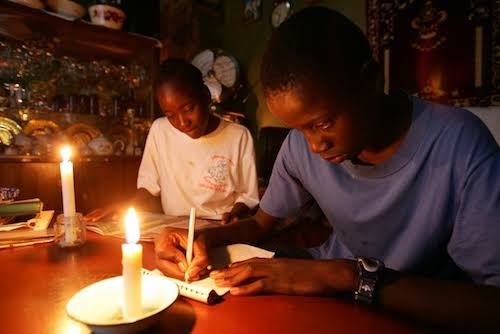
Africa is at a critical crossroads in shaping its energy future. On one side: renewables; clean, fast, and locally adaptable. On the other: nuclear energy; powerful but centralized, slow to roll out, and riddled with governance hurdles.
Let’s unpack both paths:
The Renewable Reality
Across the continent, the renewable revolution is quietly, but rapidly, accelerating.
• Egypt’s hybrid solar power plant with 1.1 GW of solar and 200 MWh of battery storage is nearing launch, set to reduce diesel dependency and ease grid strain (Orishas Finance, 2024).
• South Africa secured a $475 million loan from the African Development Bank to boost green energy governance and infrastructure (AfDB, 2024).
• Kenya generates more than 90% of its electricity from renewables, largely through geothermal, hydro, and wind (KenGen, 2023).
These projects aren’t just clean – they’re empowering. They create jobs, foster skills, and decentralize power quite literally.
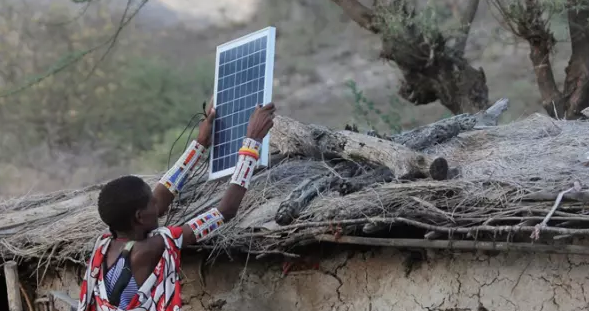
The Nuclear Push
Then there’s nuclear.
Egypt’s El Dabaa nuclear plant, financed by Russia’s Rosatom, is projected to cost $28.75 billion, more than triple the country’s national health budget (World Nuclear Association, 2024). The deal includes Russian fuel supply, Russian contractors, and multi-decade dependency.
South Africa’s nuclear ambitions, especially under President Jacob Zuma, faced strong legal resistance and allegations of opaque dealings (Earthlife Africa v. Department of Energy, 2017). The 20-year Koeberg expansion has been delayed multiple times due to poor planning and regulatory hurdles.
Even Nigeria and Ghana have nuclear plans, but implementation has stalled, largely due to limited governance infrastructure (IAEA, 2023).
Follow the Money: Who Really Benefits?
Comparative Table
| Metric | Renewables | Nuclear |
| Build Time | 1–3 years | 10–15+ years |
| Cost (per MW installed) | $1–2 million | $6–9 million |
| Ownership Potential | Local governments/communities | Centralized + foreign controlled |
| Skill Pipeline | Easier to train & localize | Decades to establish safe protocols |
| Debt & Financial Risk | Often concessional or grant-based | Sovereign loans with high interest |
| Transparency | More visible community engagement |
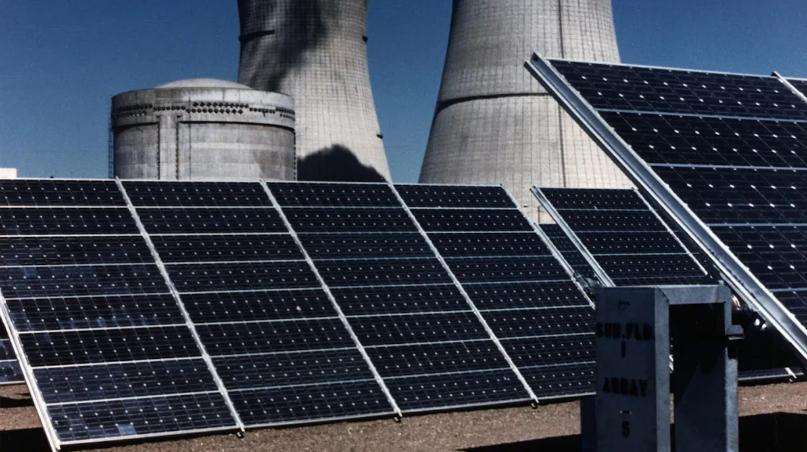
Three African Case Studies
1. Egypt: A Tale of Two Futures
The contrast is stark. On one hand, solar + battery projects are changing grid dynamics in real time. On the other, the El Dabaa plant’s benefits won’t be felt until the 2030s, and even then, under tight Russian control (WNA, 2024).
Lesson: Fast, inclusive impact beats slow, foreign-controlled ambition.
2. South Africa: Reform in Real Time
Plagued by blackouts and Eskom scandals, South Africa has pivoted toward renewables. In 2023 alone, it added over 2.5 GW of solar capacity, much of it through public-private partnerships (South Africa Department of Energy, 2024). And thanks to legal pushback, the nuclear expansion has been paused multiple times.
Lesson: People power and finance reform go hand-in-hand.
3. Namibia: Uranium Rich, Energy Poor
Despite being among the world’s top uranium producers, Namibia imports much of its electricity. Communities around the Rossing and Husab mines report little economic benefit and high environmental costs (Earthlife Namibia, 2023).
Lesson: Extractive wealth doesn’t equal equitable energy access.
The Bigger Picture: Jobs, Justice, and the $5 Trillion Question
A 100% renewable Africa by 2050 is more than a dream. It’s an opportunity:
• It could save $3–5 trillion in fuel and grid costs (IRENA, 2023).
• It would create 5.4 million jobs across solar, wind, geothermal, and battery storage (Power Shift Africa, 2023).
• It can catalyze local innovation and ownership, turning Africa from energy consumers into producers.
If Africa goes all-in on clean energy, it won’t just light homes, it will power economies.
Who Really Holds the Switch?
Control is not just about kilowatts. It’s about who:
• Chooses the projects
• Owns the infrastructure
• Decides where energy flows
• Collects the profits
Renewables decentralize power, literally and politically. Solar panels on rooftops. Wind farms owned by co-ops. Local battery manufacturing. Energy becomes a public good, not a state or foreign-controlled asset.
Nuclear centralizes power. Decision-making sits with a few elites, often under secrecy or influence. Citizens become rate-payers, not stakeholders.
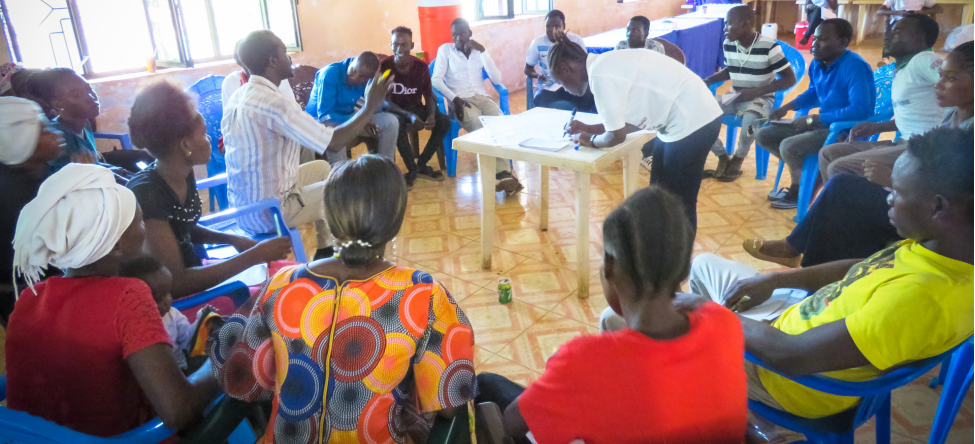
Final Thought: Sovereignty is Local
The battle over Africa’s energy future is about more than light bulbs or GDP. It’s about sovereignty, equity, and climate justice.
Will we tie our future to mega-projects that arrive decades late and billions over budget? Or invest in fast, fair, flexible systems that empower us now?
As Egypt drills nuclear cooling tunnels and women in Malawi install solar panels on rooftops, we must ask: Who holds the switch? And more importantly, who should?
Citations
1. IEA. (2022). Africa Energy Outlook 2022.
2. Orishas Finance. (2024). Egypt set to launch solar-battery hybrid plant.
3. African Development Bank (AfDB). (2024). South Africa secures $475M for green energy reform.
4. KenGen Annual Report. (2023). Kenya’s renewable energy mix.
5. Power Shift Africa. (2023). African Energy Leadership Report.
6. World Nuclear Association. (2024). El Dabaa Nuclear Project Overview.
7. Earthlife Africa v. Department of Energy. (2017). South African court ruling against nuclear deals.
8. IAEA. (2023). Nuclear readiness in sub-Saharan Africa.
9. Earthlife Namibia. (2023). Uranium mining and community impact.
10. IRENA. (2023). Renewable Energy Jobs and Economic Outlook.
RELATED:







